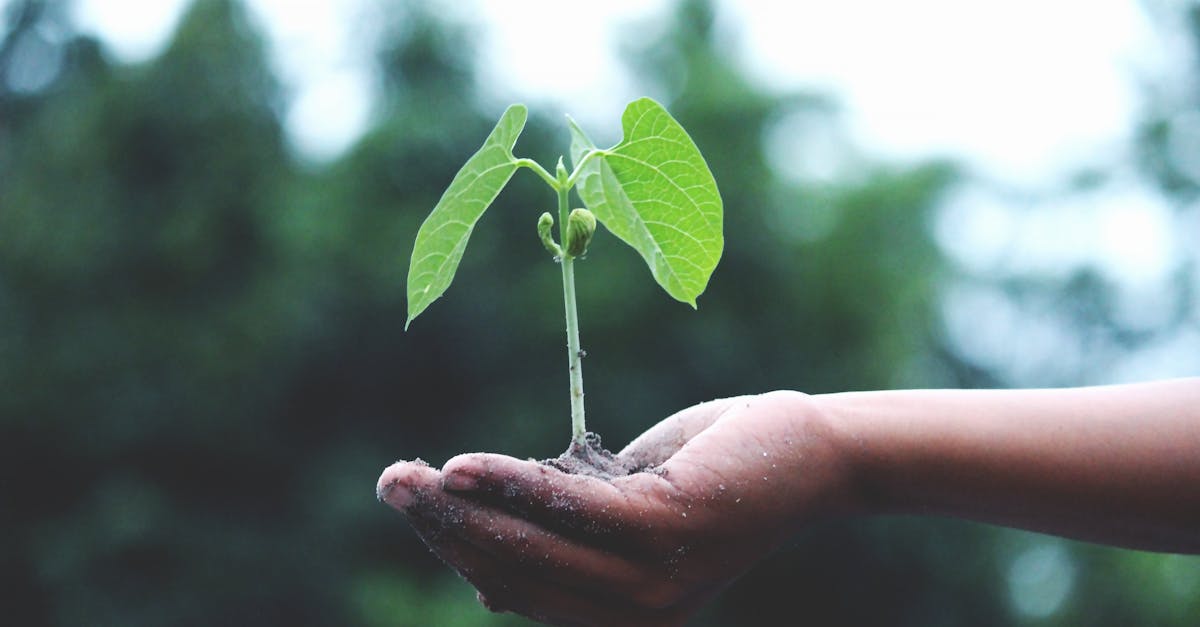Looking to jump into the world of hydroponic gardening? We’ve got you covered.
In this text, we’ll walk you through the ins and outs of how to grow hydro.
From setting up your hydroponic system to choosing the right nutrients, we’ll guide you every step of the way.
Whether you’re a beginner looking to start your hydroponic journey or a seasoned grower wanting to refine your skills, we’ve got expert tips and tricks to help you succeed.
Let’s investigate the fascinating area of hydroponic cultivation together.
Key Takeaways
- Choose the right hydroponic system based on factors like space, budget, and plant types.
- Select an ideal location with proper lighting, temperature, ventilation, water access, and space for your hydroponic setup.
- Understand the importance of providing balanced nutrient solutions containing essential elements like nitrogen, phosphorus, and potassium for plant growth.
- Monitor and maintain optimal pH levels in your hydroponic system to support healthy nutrient absorption.
- Be prepared to troubleshoot common hydroponic issues such as yellowing leaves, root rot, algae growth, pH fluctuations, and pests for a successful gardening experience.

Choosing the Right Hydroponic System
When it comes to Choosing the Right Hydroponic System, it’s important to consider factors like space, budget, and the type of plants you plan to grow. Here are some common types to help you decide:
- Deep Water Culture (DWC): Simple setup with plants floating directly on nutrient solution.
- Nutrient Film Technique (NFT): Constant flow of nutrient solution along the plant roots.
- Ebb and Flow (Flood and Drain): Periodically floods the plants with nutrient solution.
- Drip System: Delivers a slow drip of nutrient solution to each plant.
Each system has its pros and cons, so choosing the right one depends on your specific needs and preferences. To learn more, check out this informative guide to hydroponic systems.
Selecting the Ideal Location for Your Setup
When setting up your hydroponic system, choosing the right location is critical for your plants’ success. Here are some key factors to consider:
- Lighting: Ensure your setup receives adequate sunlight or use artificial grow lights if needed.
- Temperature: Maintain a consistent temperature between 70-80°F for optimal plant growth.
- Ventilation: Good air circulation helps prevent mold and mildew.
- Accessibility to Water: Easy access to water sources simplifies routine maintenance.
- Space: Select an area with enough room for growth and to accommodate your chosen system.
For more tips on setting up your hydroponic system, check out this guide on ideal setup locations for expert advice.

Understanding the Importance of Nutrients
When we talk about hydroponic gardening, nutrients play a critical role in the growth of our plants. In traditional soil gardening, plants get their nutrients from the soil. But, in hydro systems, we need to provide all the necessary elements through nutrient solutions. These solutions typically contain important nutrients like nitrogen, phosphorus, and potassium, required for plant development.
Without the right nutrients, our plants can’t thrive. It’s like trying to run on an empty stomach – not possible! Plants need these nutrients to grow, flower, and produce bountiful harvests. By ensuring a balanced nutrient solution, we’re setting our plants up for success. After all, just like humans need a balanced diet, our plants also need their version of a nutritious meal to flourish.
If you’re curious about the specifics of hydroponic nutrients and want to study deeper, check out this full guide on hydroponic nutrients. It’s full of valuable information that can help you understand and provide the best possible nutrients for your hydroponic garden.
Managing pH Levels in Hydroponic Gardening
When it comes to growing hydro, pH levels play a critical role in nutrient absorption. We need to ensure that the pH of the nutrient solution is within the ideal range to promote healthy plant growth. Monitoring pH levels regularly is important to prevent nutrient deficiencies or toxicities.
To maintain the optimal pH range for hydroponic plants, adjustments may be necessary using pH up or down solutions. After all, different plants have specific pH preferences, so it’s important to tailor the pH levels accordingly for each type of plant in your hydroponic garden.
For more in-depth information on managing pH levels in hydroponic gardening, you can check out this resource from Gardening Know How. Keeping your pH levels balanced is key to maximizing the success of your hydroponic garden.

Troubleshooting Common Issues in Hydroponics
Dealing with common problems in hydroponics is part of the gardening journey. Here are some quick solutions:
- Yellowing Leaves: Check for nutrient deficiencies or light exposure issues.
- Root Rot: Adjust nutrient solution temperature, oxygenate the water, and consider using beneficial bacteria products.
- Algae Growth: Avoid light exposure to the nutrient solution and maintain proper water circulation.
- pH Fluctuations: Monitor pH levels regularly and make small adjustments as needed.
- Pests: Carry out pest management strategies like introducing beneficial insects or using organic pesticides.
After all, identifying issues early can help maintain a healthy hydroponic system. For more detailed troubleshooting tips, refer to this guide on hydroponic problems.
